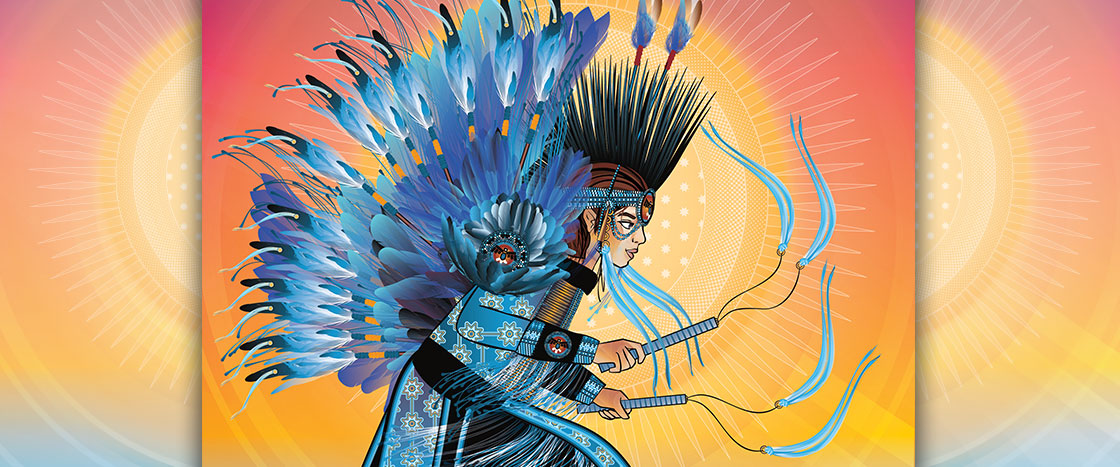Mom walked a bit lighter on the earth. My little sister, Suzie, giggled louder. And I—well, I gained a dad. Most people would call Paul my stepdad, but there’s nothing “step” about him.
My real father had left two years earlier, when I was 9. One day, he just never came home from work. You probably think that as his son, I was sad. But I wasn’t. You see, my father was not a kind man.
When my parents found out they were pregnant with me, my father moved Mom far away from her family in Saskatchewan (suh-SKA-chuh-wahn), Canada, to Ann Arbor, Michigan. I had never met my grandparents, aunties, uncles, or any of my cousins.
My father never said it, but I’m pretty sure he was ashamed that my mom was Cree. Why else would he forbid her to speak Cree or do anything at all that was part of our culture?
After my father left, Mom met Paul at the University of Michigan, where they both work. He quickly became a regular around our house. He’s Cree like us. Soon after, Mom got back in touch with her family. Our family. Although we hadn’t been able to go to Canada to meet them, we were using FaceTime a couple of times a week. I liked knowing I was part of a big family and that I looked like them. I especially loved watching how Mom laughed with her siblings.
Now Mom walks every day with her head high and her shoulders rolled back.


